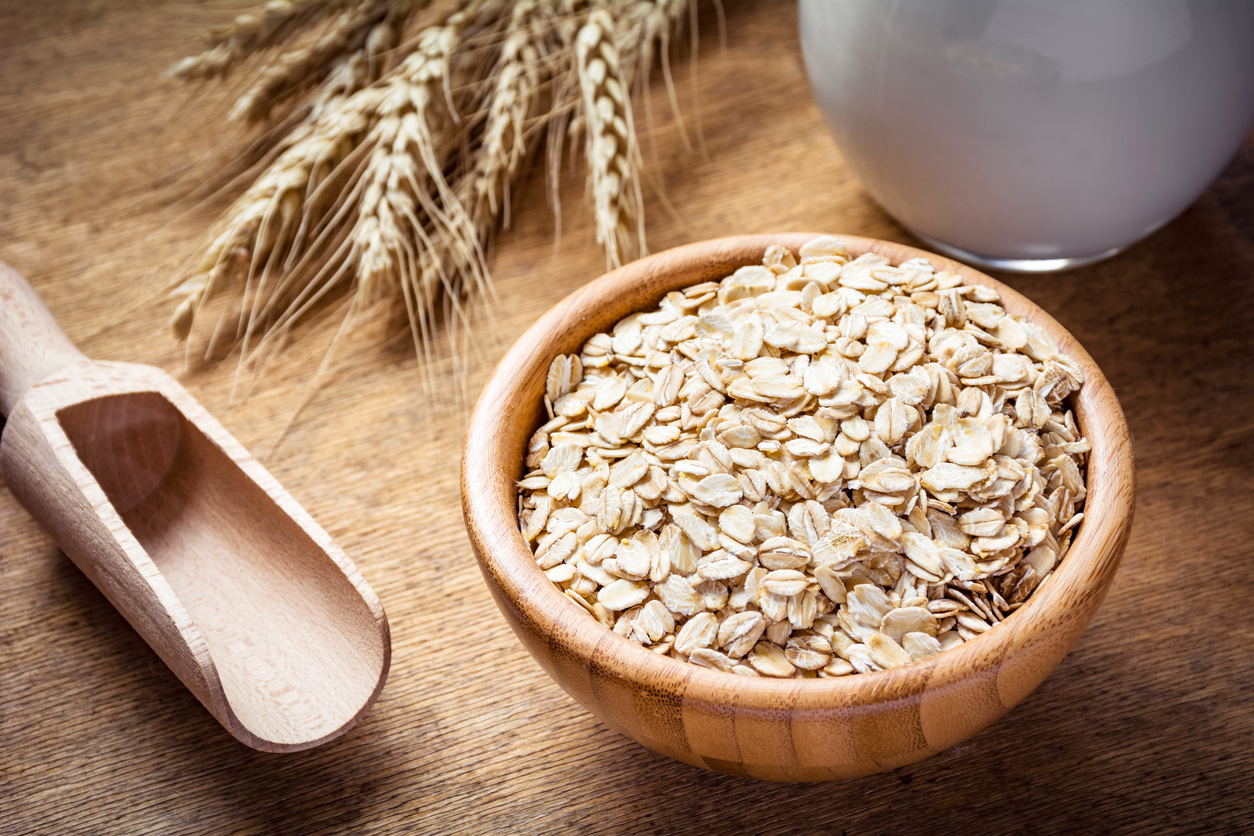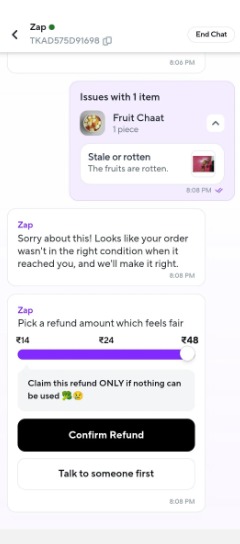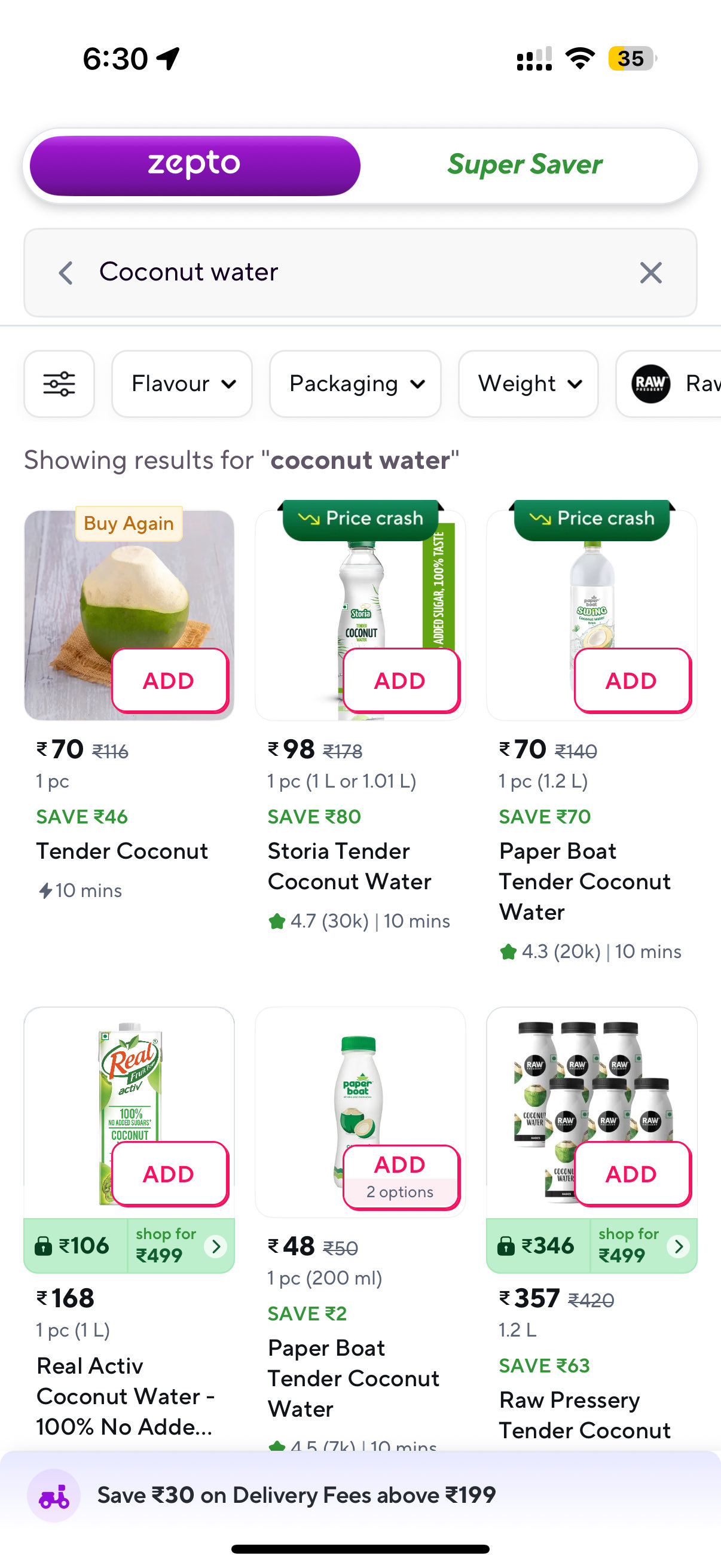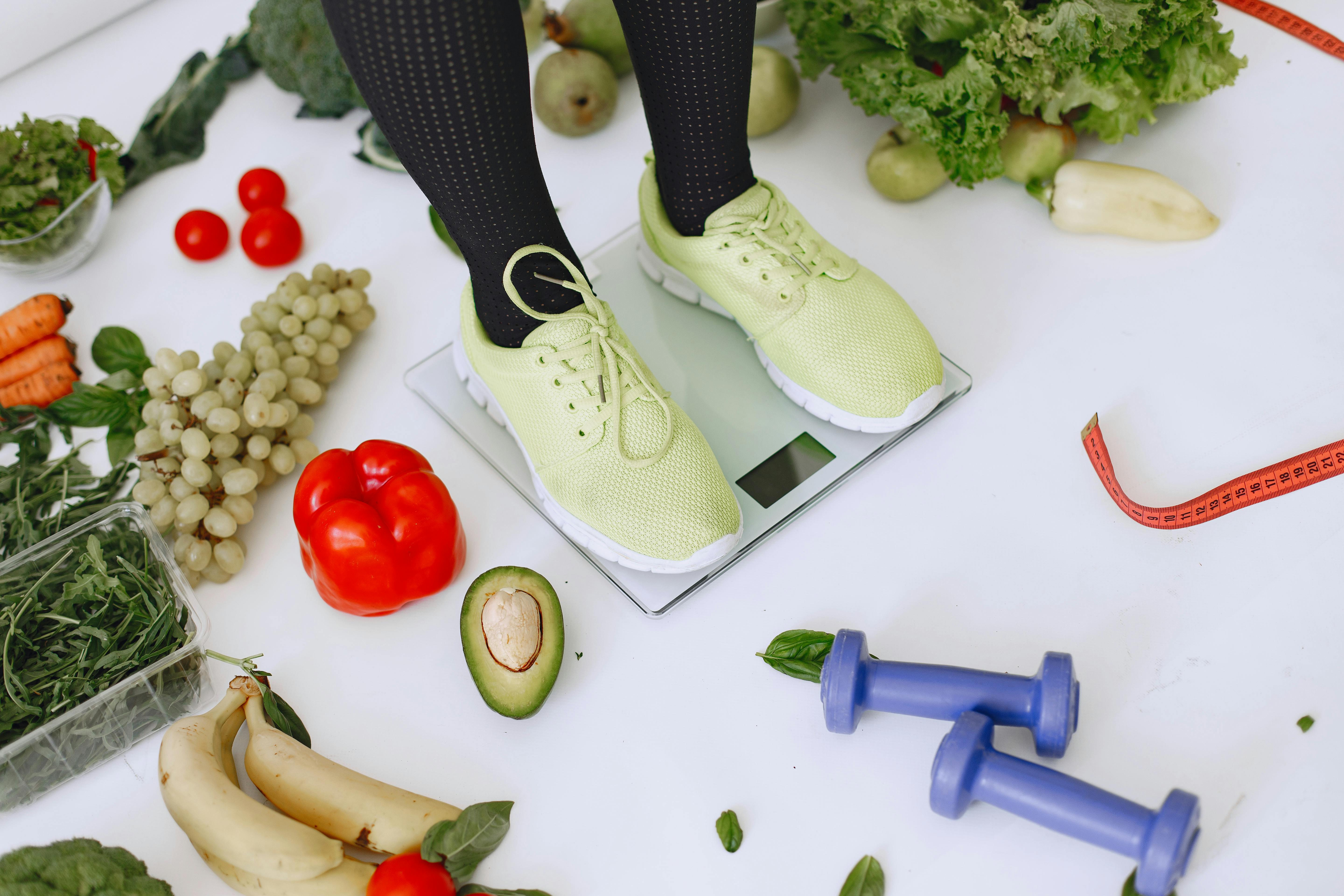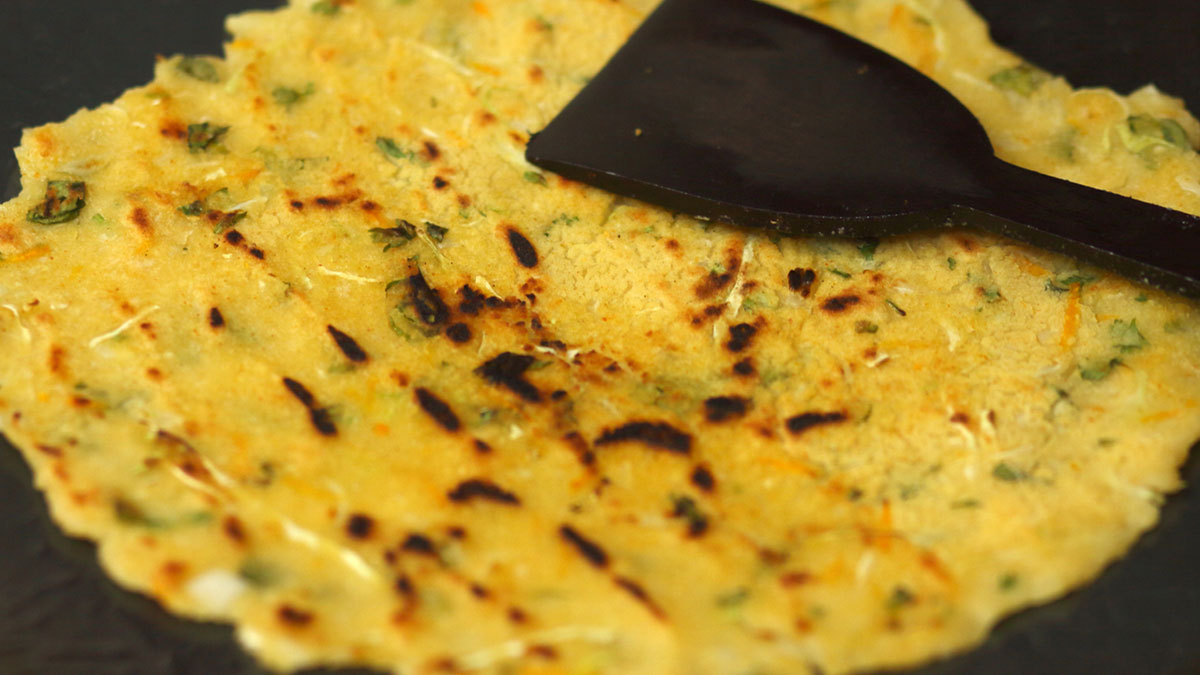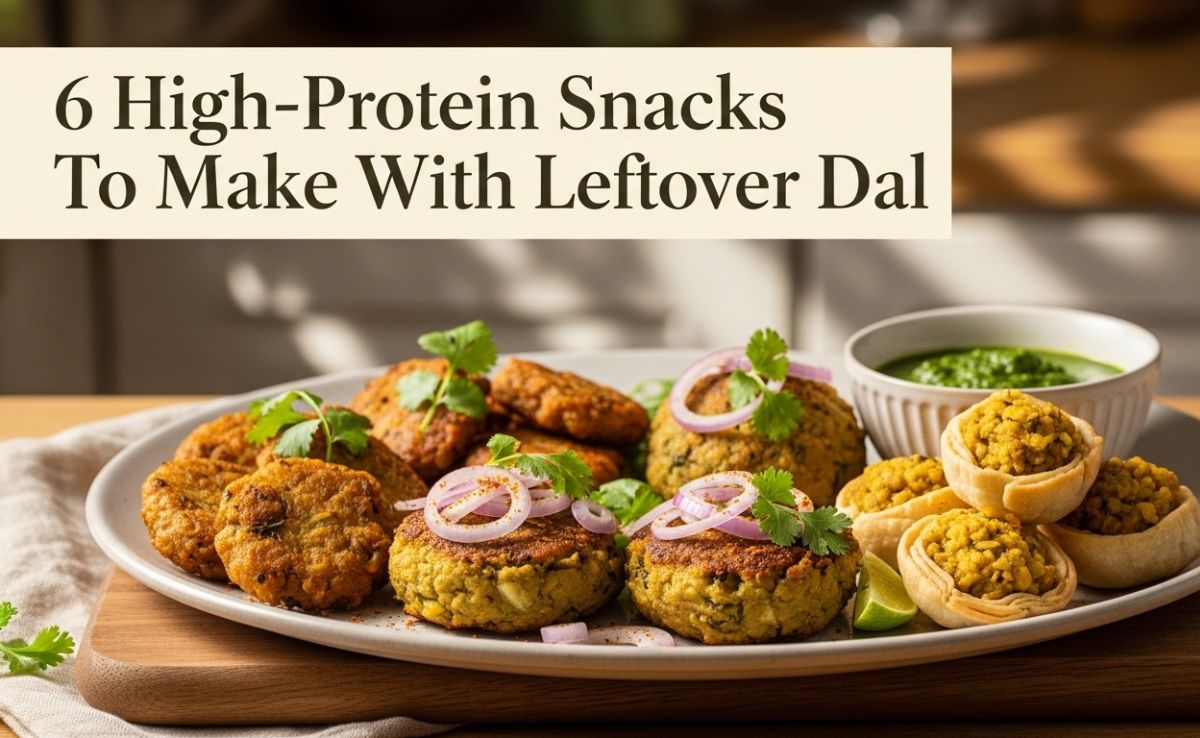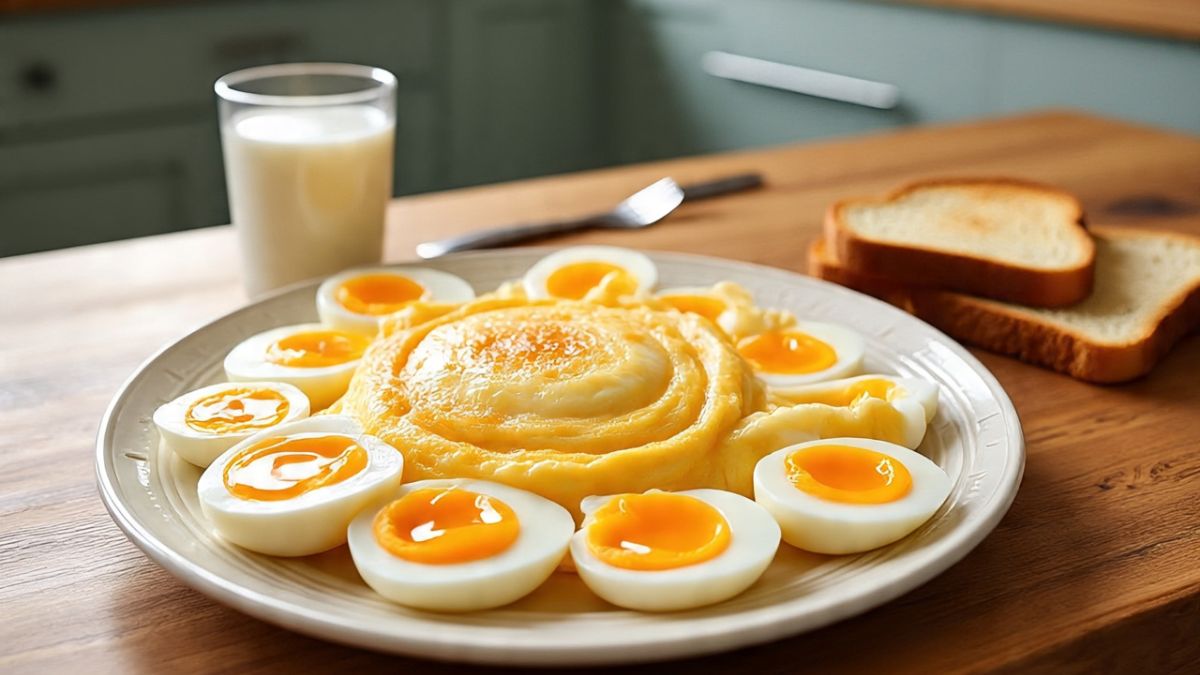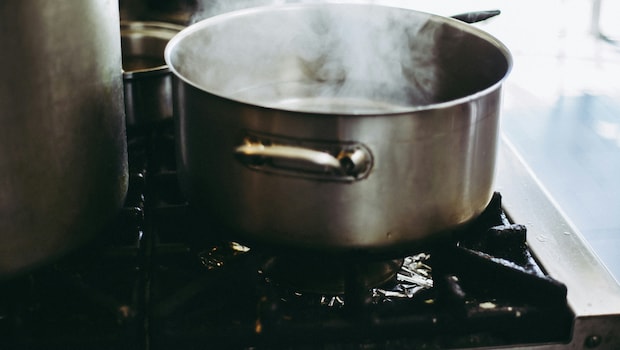If you have ever wondered whether your rajma is healthier when pressure-cooked or your mutton curry benefits more from a slow simmer, you are not alone. The kitchen is where nutrition truly begins. From chopping vegetables to simmering soups, every step transforms raw ingredients into something your body can absorb, enjoy, and benefit from. But here is the twist: how you cook makes all the difference. Among the most popular cooking methods today, pressure cooking and slow cooking stand out - one fast and efficient, the other unhurried and comforting. The real question is: which one does a better job at preserving nutrients? Let us take a closer look.
Also Read: 5 Pressure Cooker Mistakes That Are Ruining Your Dishes
What Happens To Nutrients When You Cook?
Cooking is everyday chemistry in action. The moment heat meets your ingredients, transformations begin. Some nutrients thrive under pressure, while others quietly vanish into the steam. Knowing how nutrients respond to heat can help you make smarter cooking choices.
- Water-soluble vitamins such as Vitamin C and the B group are the most fragile. They are sensitive to both heat and water, which means they can easily break down or wash away during cooking.
- Fat-soluble vitamins like A, D, E, and K handle heat better, but they still begin to fade with long simmering or roasting sessions.
- Minerals such as iron, calcium, and magnesium are tougher - they do not break down but can migrate into the cooking liquid, which is ideal if you plan to enjoy the broth.
This is where pressure cooking and slow cooking differ most: in how much heat, water, and time they expose food to.
Pressure Cooking And Its Nutrient Benefits:
If there is one kitchen hero that blends speed with science, it is the pressure cooker. Using steam and high pressure, it cooks food in a fraction of the usual time. Despite the fast pace, pressure cooking does not short-change nutrition - in fact, it often preserves more of it.
A Journal of Food Science study found that pressure-cooked broccoli retained 92 per cent of its Vitamin C, compared to 78 per cent with steaming and 66 per cent with boiling.
Why Pressure Cooking Works?
- Shorter cooking time: Food spends less time exposed to heat, allowing delicate nutrients to survive.
- Minimal water usage: With less water involved, fewer vitamins and minerals escape into the cooking liquid.
- A sealed environment: The airtight lid keeps oxygen out, preventing oxidation that can degrade nutrients.
- Better digestibility: Pressure cooking makes lentils and legumes easier to digest while reducing anti-nutrients such as phytates.
Things To Watch Out For:
- Overcooking: Too much time under pressure can still break down heat-sensitive B vitamins like thiamine.
- Flavour trade-offs: While it is excellent for beans, grains, and vegetables, some meats might miss that slow-cooked depth of flavour.
As efficient as it is, the pressure cooker is not just a time-saver; it is also a reliable tool for retaining nutrients when used with care.
Also Read: 6 Things To Consider Before Buying A Pressure Cooker For The First Time
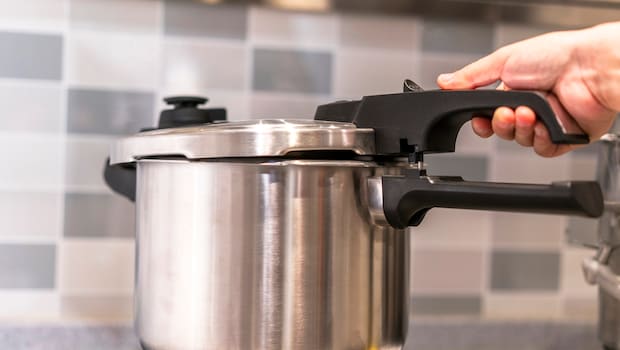
How Slow Cooking Helps Preserve Nutrients?
If pressure cooking is the sprinter of the kitchen, slow cooking is the marathon runner - steady, patient, and full of heart. It transforms basic ingredients into something rich and comforting, coaxing out flavour and tenderness with every passing hour.
Studies suggest that slow cooking can retain 70 to 90 per cent of B vitamins, especially when the broth is consumed.
Also Read: How To Make Slow-Cooked Chicken Tikka Masala: A Wholesome Chicken Recipe You Must Try
Why Slow Cooking Is Loved?
- Low and steady heat: Operating at around 85-95-degree-Celsius, it allows food to transform gently without harsh heat.
- Gentle process: Helps preserve heat-sensitive nutrients that might otherwise be lost to high-heat cooking.
- Nutrient retention: The covered pot traps moisture and nutrients, reducing oxidation.
- Soft textures: Ideal for tougher cuts of meat, as it slowly breaks down collagen into gelatine for that melt-in-the-mouth finish.
Things To Watch Out For:
- Extended cooking: Long cooking times can degrade Vitamin C and folate, especially if dishes are reheated multiple times.
- Discarding broth: Pouring out the liquid means losing much of the nutrition that slow cooking draws out.
Slow cooking may take longer, but it rewards you with layers of flavour, soft textures, and nutrient-rich broths - provided you keep the liquid in the final dish.
How Cooking Methods Affect Flavour And Texture?
Nutrition is only part of the story. Cooking also changes how food tastes and feels. Pressure cooking locks in moisture and produces softer textures, especially in lentils and vegetables, while keeping flavours light and natural. Slow cooking, by contrast, builds complexity. Its gentle heat gives time for caramelisation and flavour blending, creating deeper, richer notes - perfect for curries and stews.
In short, pressure cooking gives you freshness and speed, while slow cooking brings depth and comfort - two very different but equally satisfying experiences.
Also Read: Watch: How To Keep Pressure Cooker Clean - Expert Shares Quick Tip
Pressure Cooking Vs Slow Cooking: The Nutrient Face-Off:
| Nutrient Type | Pressure Cooking | Slow Cooking |
| Vitamin C | Excellent | Moderate (if broth discarded) |
| B Vitamins | Good (short cooking time helps) | Good (if broth consumed) |
| Fat-Soluble Vitamins | Stable | Stable |
| Minerals | Retained | Retained |
| Antioxidants | Preserved | Preserved |
When it comes to nutrient retention, pressure cooking generally has the upper hand - particularly for vegetables and legumes. Slow cooking, however, excels in flavour, collagen extraction, and texture, especially when the broth is enjoyed as part of the meal.
In short: pressure cooking is about efficiency and preservation, while slow cooking is about depth and comfort.
Health And Safety Tips For Cooking Methods:
Cooking well is not just about nutrition but also about safety. Whether you are sealing in steam or letting your curry simmer for hours, a few simple precautions can help keep both nutrients and hygiene intact.
- Avoid overcooking: Even the healthiest method can destroy nutrients if food is cooked for too long. Monitor timing carefully, especially when pressure cooking.
- Choose safe cookware: Use stainless steel or BPA-free inserts in your pressure cooker.
- Monitor temperature: Slow cookers hold food safely at low heat, but avoid leaving dishes on the "warm" setting for too long.
- Keep the broth: Many nutrients from meat and vegetables end up in the liquid. Always serve or store that golden broth - it holds much of your meal's goodness.
Safe cooking not only preserves nutrients but also keeps your kitchen efficient and your meals wholesome.
Also Read: Give Your Regular Dal A New Twist With This Slow-Cooked Sindhi Tidli Dal

What Is A Hybrid Cooking Method?
Who says you need to pick one side? A balanced approach might be the real secret. Combining both methods brings the best of speed and depth. Start with pressure cooking to soften legumes, tough cuts of meat, or root vegetables in minutes, then switch to slow cooking for richer flavour and aroma.
For example:
- Rajma or chana can be pressure-cooked first for tenderness, then slow-simmered with masala for richness.
- Chicken or mutton curry can be pressure-cooked to lock in juices, then slow-cooked for an hour for that restaurant-style finish.
Modern multi-cookers make this hybrid style effortless, merging the science of pressure cooking with the artistry of slow cooking - all in one appliance.
The Final Verdict:
So, pressure cooker or slow cooker? The truth is that there is no clear winner. Each method brings something unique to the table.
If you are chasing speed and maximum nutrient retention, pressure cooking is your best ally. It locks in vitamins, saves energy, and delivers healthy meals in minutes.
When you want depth of flavour, comfort, and that melt-in-the-mouth texture, slow cooking shines - especially when you enjoy the nutrient-rich broth.
The real art lies in knowing when to use which method. Cooking, after all, is about balance - and choosing the right technique for the right ingredient can make every meal both nourishing and satisfying.
About Somdatta SahaExplorer- this is what Somdatta likes to call herself. Be it in terms of food, people or places, all she craves for is to know the unknown. A simple aglio olio pasta or daal-chawal and a good movie can make her day.
